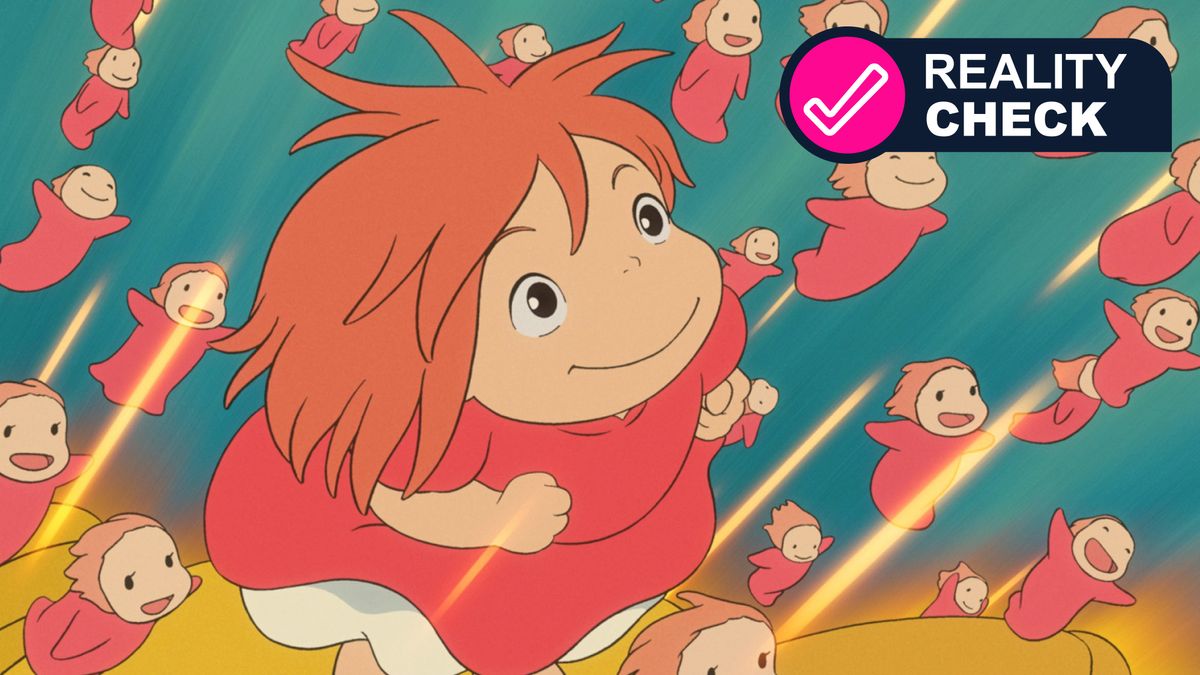
IntroductionIn the previous article, we explored basic layout components like padding, margin, and spacing. Now, let's take a leap to a more advanced component: FlexLayout. With it, we can create flexible layouts adaptable to any screen, thanks to the power of CSS Flexbox.
FlexLayout: The Flexible ContainerFlexLayout is a container that allows us to organize components flexibly, controlling their alignment, size, and order. It inherits from the FlexComponent interface, just like horizontal and vertical layouts, which means we can use the same properties to customize its behavior.Key features:Flexibility in organizing components.

Control of alignment, size, and order.Inheritance from the FlexComponent interface.Essential FlexLayout PropertiesFlex Direction: Defines the main direction of the layout, which can be row, reverse-row, column, or reverse-column.
\Justify Content: Aligns components on the main axis, controlling the distribution of free space.\Align Items: Aligns components on the cross axis. Align Self: Aligns an individual component on the cross axis.
\Relative Size, Flex Shrink, and Flex GrowRelative Size: Allows you to define the size of a component relative to its parent container.Flex Shrink: Controls the ability of a component to shrink to fit into the container.Flex Grow: Controls the ability of a component to grow to occupy the free space in the container.
Wrapping and Content AlignmentWrapping: Allows components to break to new lines when there is not enough space in the container.\Align Content: Aligns the lines of components on the cross axis, controlling the distribution of free space between the lines.\Golden Tip: Lumo and FlexLayoutLumo, the Vaadin design system, offers a rich collection of CSS utility classes that make creating flexible layouts easy.
With Lumo, we can apply Flexbox properties directly to components without writing custom CSS.Lumo utility classes simplify layout styling.Vaadin documentation provides practical examples of using Lumo with FlexLayout.
Explore utility classes for spacing and alignment.ConclusionFlexLayout is a powerful component that allows us to create flexible and adaptable layouts. In the next article, we will explore other important Vaadin components, such as Scroller and FormLayout.
Stay tuned!Disclaimer: This content is not intended to cover the topic exhaustively, as it is based on my studies and notes during this process. I recommend consulting the original sources for a more in-depth understanding of the subject.AuthorsPaulo B.
A. is an 'Oracle Certified Java Developer' and 'Spring Certified Professional' with a deep passion for Vaadin. He crafts UIs with Vaadin and strives to make it the leading frontend framework for full-stack Java developers worldwide.
He loves teaching, sharing knowledge, and creating content. While he enjoys learning theory through certifications, he always advocates for a practical approach.Linkedin.
com/in/pbalvesX.com/pbalvesMastodon.social/@pbalvesStaff Writer: Fábio A.
P. is a technology enthusiast, self-taught writer, and scholar of society's relationship with technology. Passionate about sharing insights, he provides reliable perspectives on how technology shapes our lives.
With clear and precise writing, Fábio simplifies complex topics, empowering readers to navigate the digital age with confidence.. Medium.
com/@fabioape.















